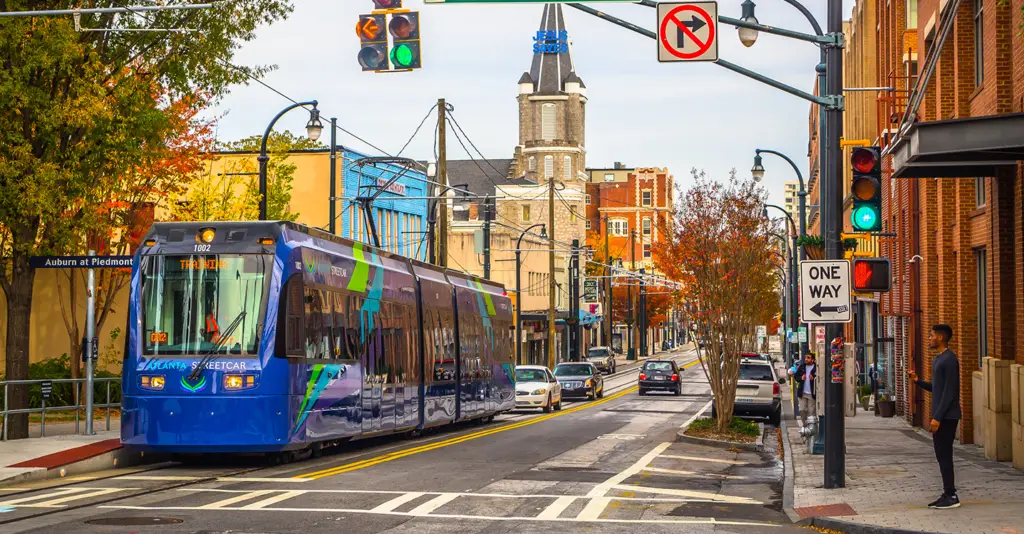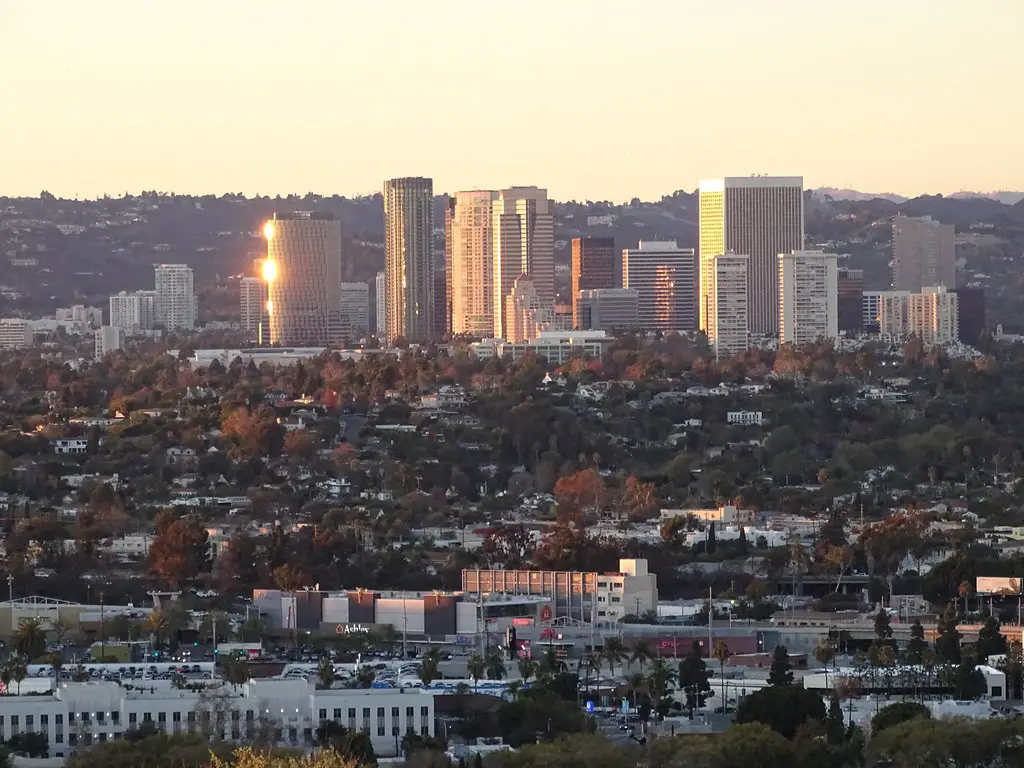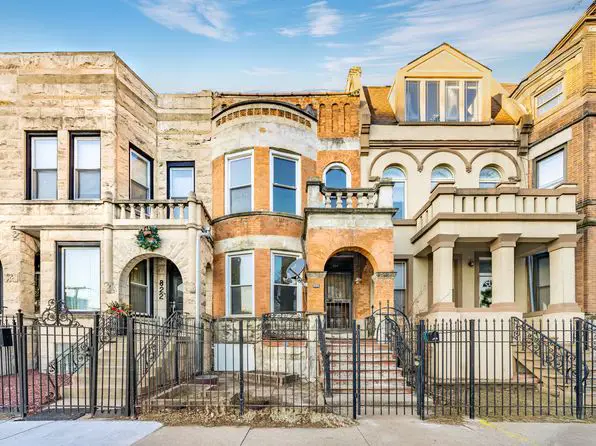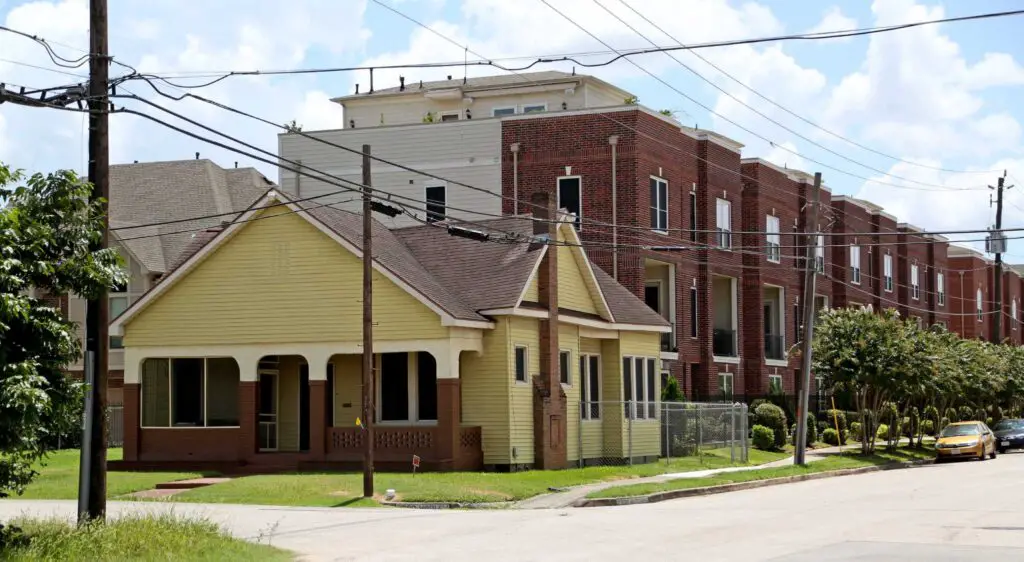Gentrification and economic shifts have led to the displacement of many historically Black communities across the U.S., threatening their cultural heritage and affordability. However, some neighborhoods are actively fighting back—mobilizing residents, implementing policies, and fostering economic empowerment to preserve their communities. From grassroots activism to citywide initiatives, these four Black neighborhoods are proving that resilience, history, and unity can stand against the forces of displacement.
1. Sweet Auburn, Atlanta, Georgia

As the birthplace of Martin Luther King Jr. and a historic center for Black business, Sweet Auburn holds significant cultural and historical importance. However, rapid gentrification in Atlanta has put intense pressure on this neighborhood, with property values rising and long-time residents facing displacement. In response, organizations like the Historic District Development Corporation (HDDC) are working to preserve Sweet Auburn’s rich history while ensuring economic sustainability for Black residents. The HDDC has prioritized affordable housing projects and community-driven real estate development to prevent corporate takeovers.
Black entrepreneurs are reclaiming storefronts along Auburn Avenue, reinforcing the neighborhood’s identity as a center for Black business. Community land trusts are being utilized to maintain affordable homeownership opportunities for local families. Historic landmarks such as the Auburn Avenue Research Library and the King Center serve as cultural anchors, reminding residents and visitors of the neighborhood’s significance. Local policymakers are being urged to pass stronger tenant protections and anti-displacement measures. Despite development pressures, Sweet Auburn is proving that historical preservation and economic empowerment can go hand in hand.
2. Baldwin Hills, Los Angeles, California

Known as the “Black Beverly Hills,” Baldwin Hills has long been a hub for affluent Black professionals in Los Angeles. However, rising home prices, luxury developments, and corporate investors have put this historic neighborhood at risk of losing its cultural identity. In response, community organizations like the Crenshaw Subway Coalition and Destination Crenshaw are working to protect Black-owned businesses and keep long-term residents in their homes. Destination Crenshaw, a public art and cultural initiative, is creating a 1.3-mile open-air museum celebrating Black history and creativity, reinforcing the neighborhood’s identity.
Local activists have also pushed for policies to limit predatory real estate practices and protect renters from unfair evictions. Additionally, Black developers and investors are stepping in to purchase properties and prevent outside corporations from taking over. Community land trusts are being explored as a way to keep property ownership within Black hands. The expansion of the Metro Crenshaw/LAX Line has brought concerns of increased gentrification, but residents are leveraging this development to demand community benefits. Baldwin Hills remains a stronghold for Black culture, proving that strategic action and unity can help a neighborhood retain its essence.
3. Bronzeville, Chicago, Illinois

Once known as the “Black Metropolis,” Bronzeville has been a cultural and economic center for Black Chicagoans since the early 20th century. However, decades of disinvestment, redlining, and now gentrification have threatened the neighborhood’s stability. In recent years, local organizations and community leaders have fought to preserve Bronzeville’s legacy while ensuring that longtime residents benefit from new developments. The Bronzeville Community Development Partnership has been instrumental in securing funding for Black-owned businesses, historic preservation, and affordable housing initiatives.
The city of Chicago has also invested in revitalization efforts, focusing on infrastructure, job creation, and cultural preservation. New business incubators are helping Black entrepreneurs establish roots in the area rather than being pushed out. Community-driven projects, such as the redevelopment of the historic Rosenwald Courts Apartments, aim to provide affordable housing while maintaining the neighborhood’s character. Activists are also advocating for policies that ensure new developments include affordable housing units and protections for existing residents. By balancing revitalization with preservation, Bronzeville is reclaiming its identity and pushing back against displacement.
4. Third Ward, Houston, Texas

Houston’s Third Ward is a historically Black neighborhood known for its rich cultural legacy and deep ties to Black activism. However, as Houston’s real estate market booms, the Third Ward has become a target for developers, leading to rising property taxes and the displacement of long-term residents. In response, local organizations like Project Row Houses and the Emancipation Economic Development Council (EEDC) have been actively working to protect the neighborhood’s Black residents. Project Row Houses preserves historic shotgun houses and provides affordable housing options for artists and families.
The EEDC has launched initiatives to support Black homeownership, promote small Black-owned businesses, and advocate for policy changes that protect residents from predatory development. The Third Ward is also home to Texas Southern University, an HBCU that serves as an anchor institution, providing educational and economic opportunities to the community. Residents have organized against unfair tax assessments that disproportionately impact Black homeowners, fighting for equitable property tax policies. Local Black developers are investing in affordable housing projects to ensure the community remains accessible. Through a mix of activism, economic development, and historical preservation, the Third Ward continues to resist the forces of displacement.
